n8n is an open-source, workflow automation tool that allows users to connect and integrate various applications, services, and APIs in a visual and customizable way. Similar to tools like Zapier or Make (formerly Integromat), n8n enables both technical and non-technical users to create automated workflows — also known as “automations” or “flows” — without the need for repetitive manual tasks.
Scrapeless offers the following modules in n8n:
- Search Google – Easily access and retrieve rich search data from Google.
- Unlock a website – Access and extract data from JS-Render websites that typically block bots.
- Scrape data from a single page – Extract information from a single webpage.
- Crawl data from all pages – Crawl a website and its linked pages to extract comprehensive data.
Why Use Scrapeless with n8n?
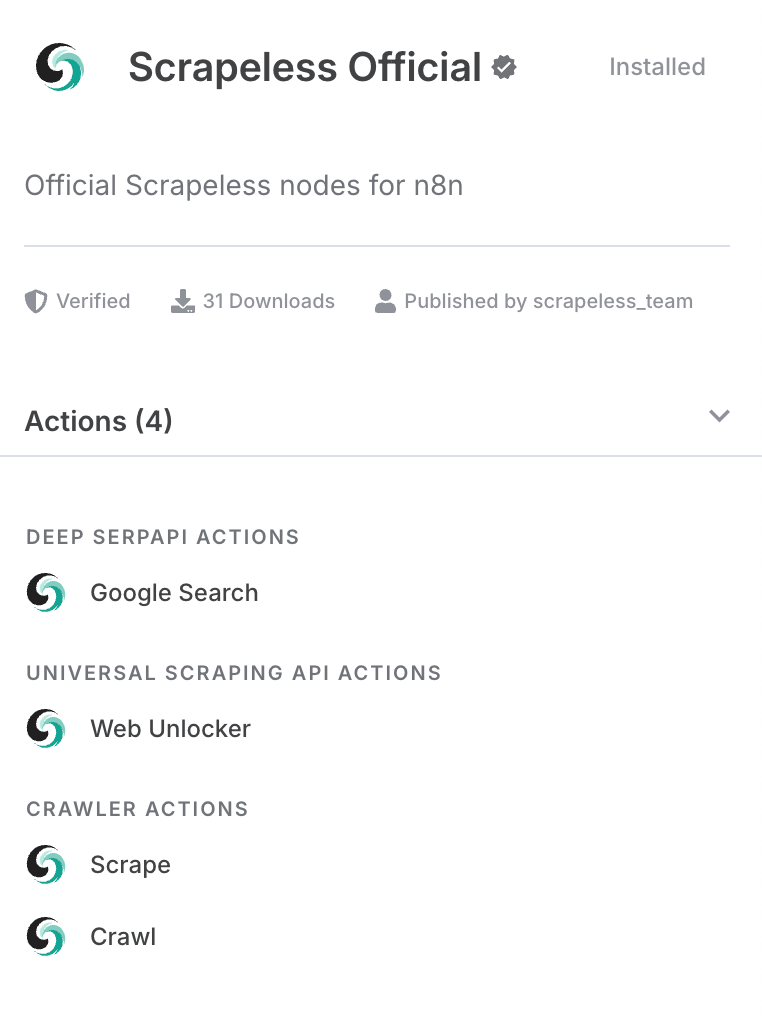
Integrating Scrapeless with n8n lets you create advanced, resilient web scrapers without writing code. Benefits include:
- Access Deep SerpApi to fetch and extract Google SERP data with a single request.
- Use Universal Scraping API to bypass restrictions and access any website.
- Use Crawler Scrape to perform detailed scraping of individual pages.
- Use Crawler Crawl for recursive crawling and retrieving data from all linked pages.
- Chain the data into any of n8n’s 350+ supported services (Google Sheets, Airtable, Notion, and more)
For teams without proxy infrastructure or those scraping premium/anti-bot domains, this integration is a game-changer.
How to Connect to Scrapeless Services on n8n?
Step 1. Get Your Scrapeless API Key
- Create an account and log in to the Scrapeless Dashboard. You can get 2,500 Free API Calls.
- Generate your Scrapeless API key.
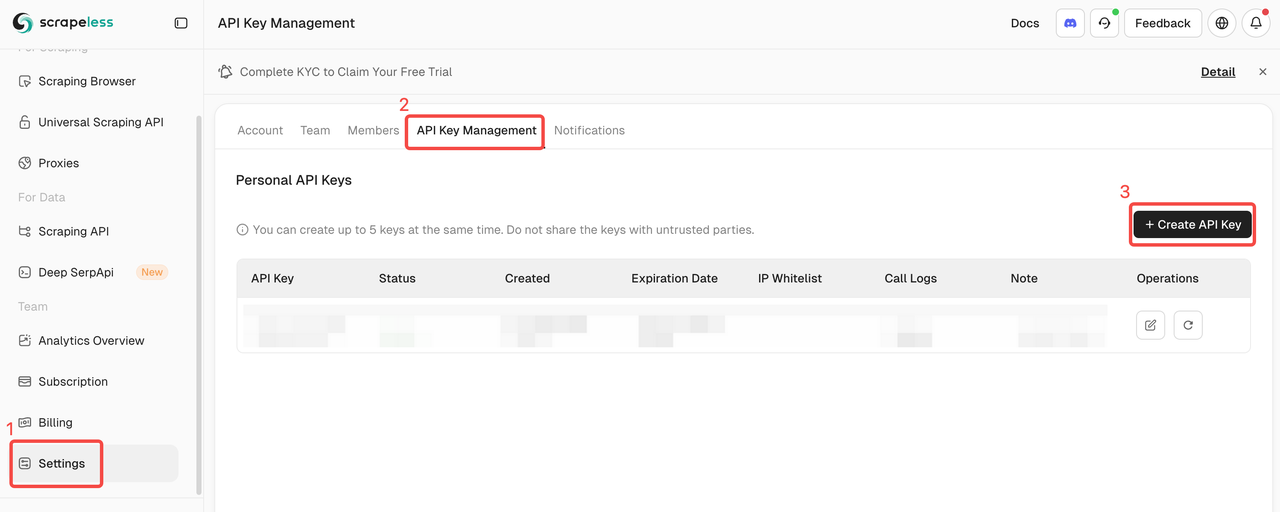
Step 2. Set trigger conditions and connect to Scrapeless
- Navigate to the n8n Overview page and click "Create Workflow".

- You'll be presented with a blank workflow editor where you can add your first step. We need to start the workflow with a trigger that kicks off automation. We'll select "Trigger manually".
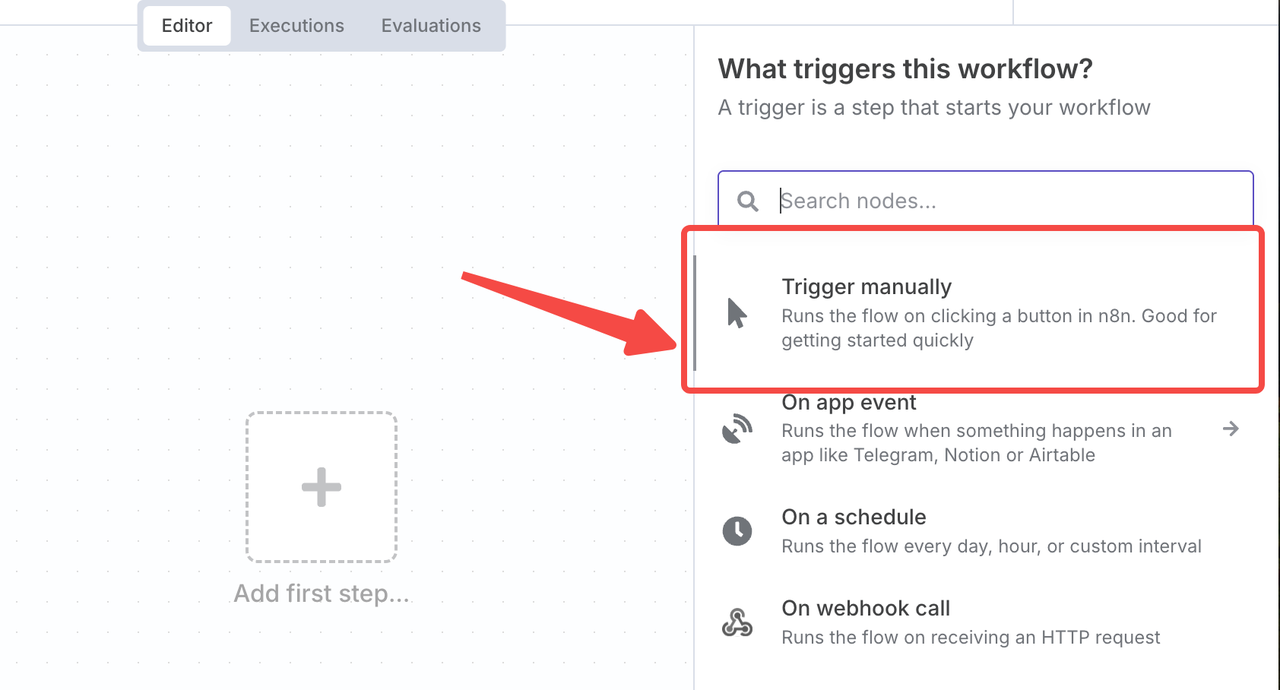
-
Add the Scrapeless community node. If you haven’t installed it yet, just click to install it. Then select ‘Google Search’
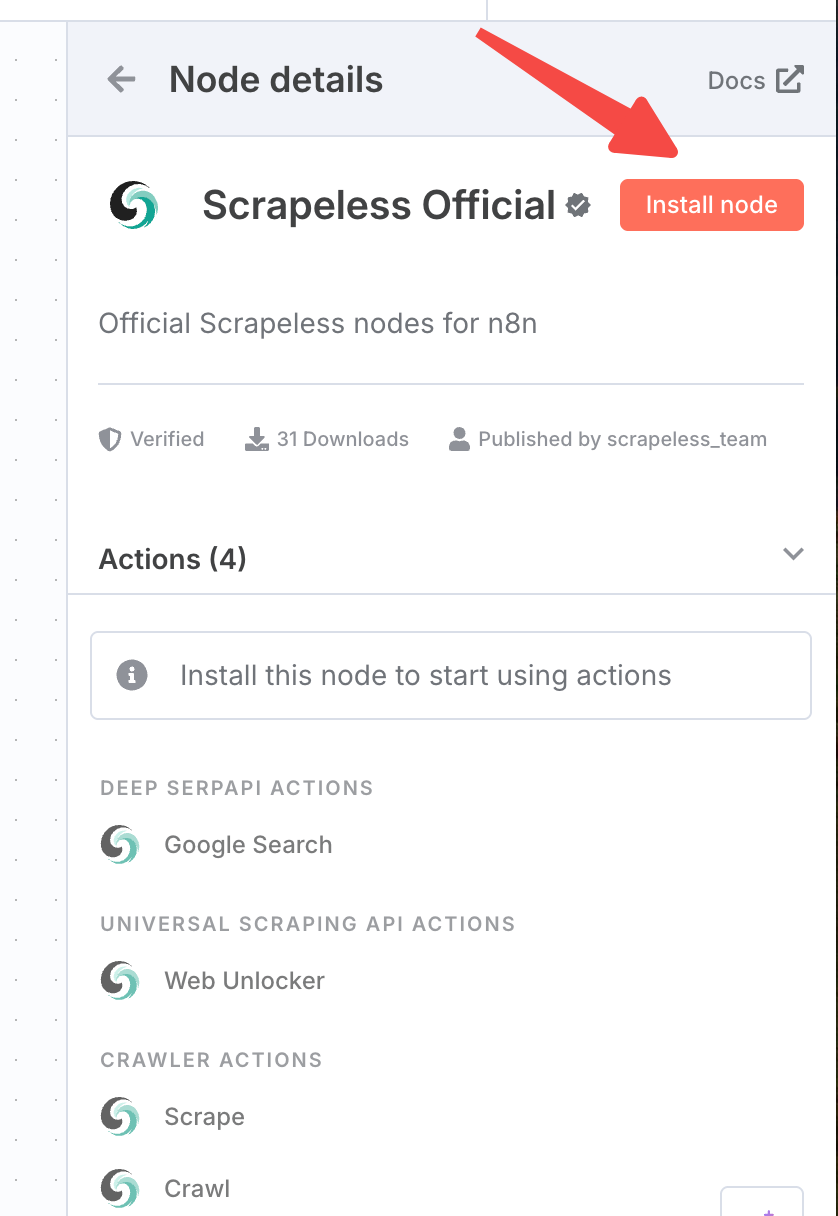
-
Click on "Create New Credentials". Paste the Scrapeless API KEY.
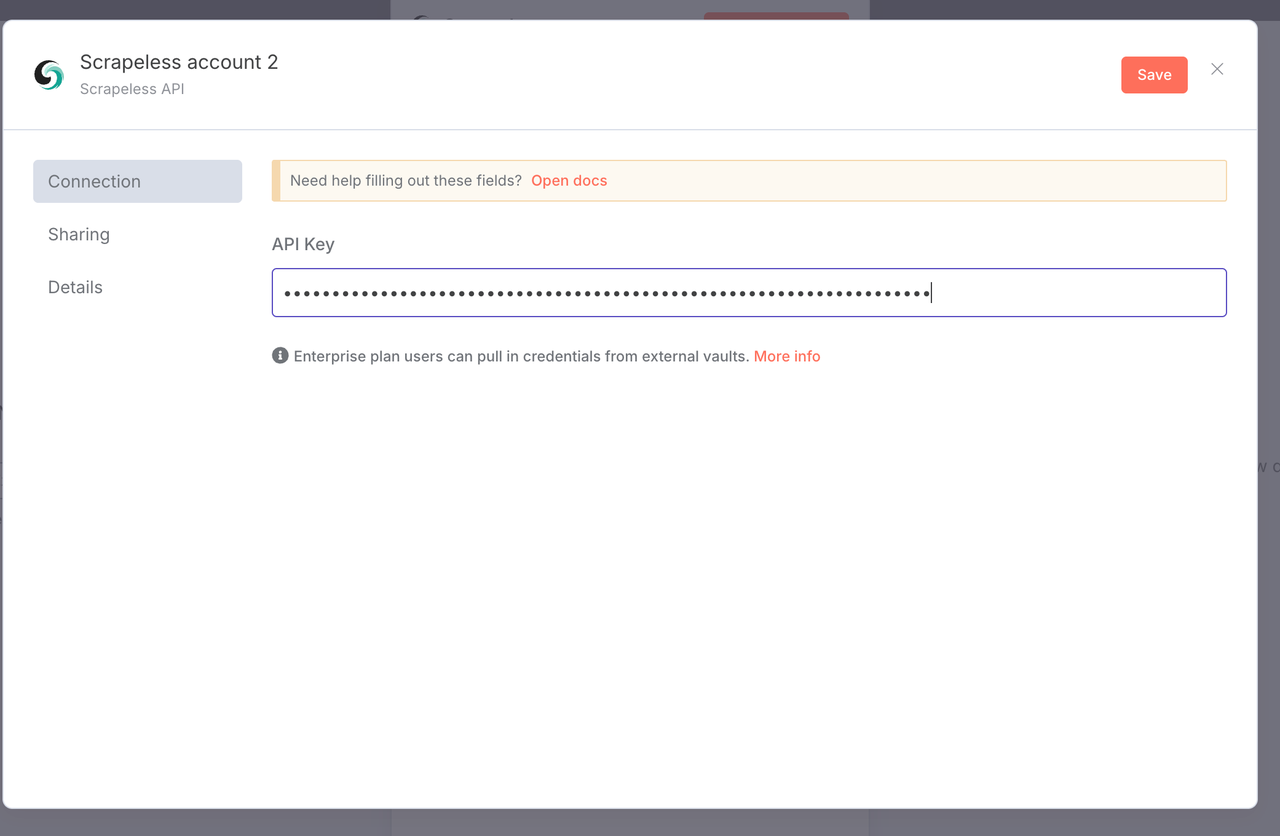
-
Now we can configure our search query. We will search for "B2B Sales Automation Trend Analysis".
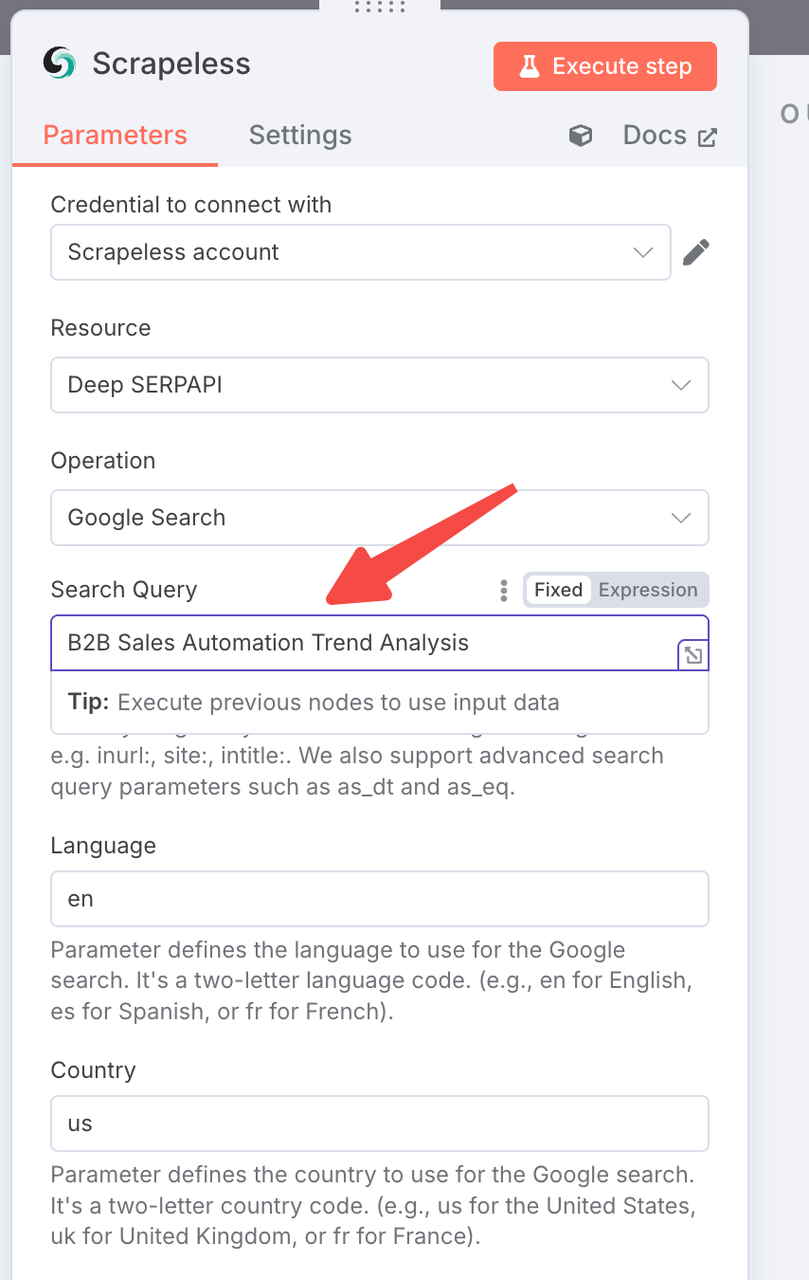
-
Now, you can click the Run icon to test whether the configuration is successful. After the test is correct, we need to configure Discord.
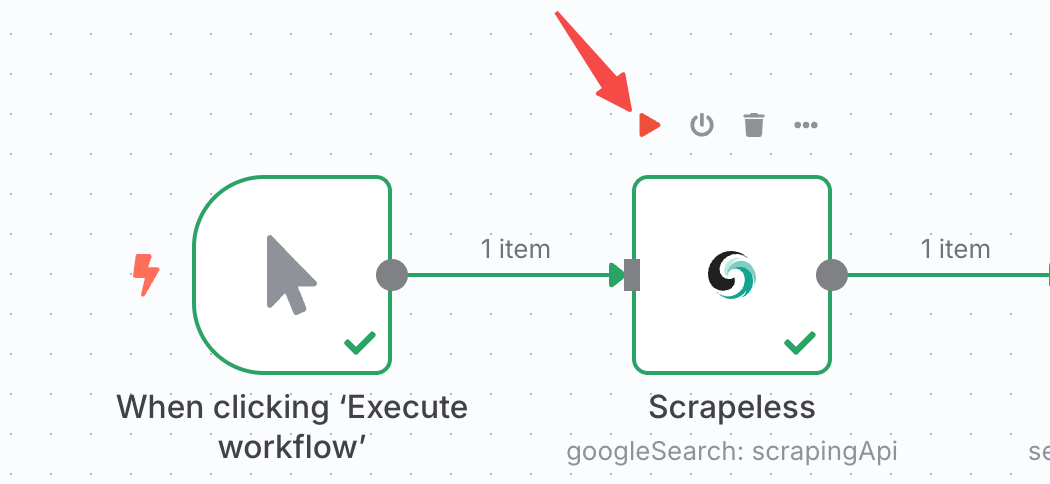
Step 3. Convert the crawled results into Json format
Next, we just need to convert the crawled results in the previous step into josn format. We need to configure a conversion file.
You just need to click the "+" sign and add "Convert to Json". Then please configure it as shown below.
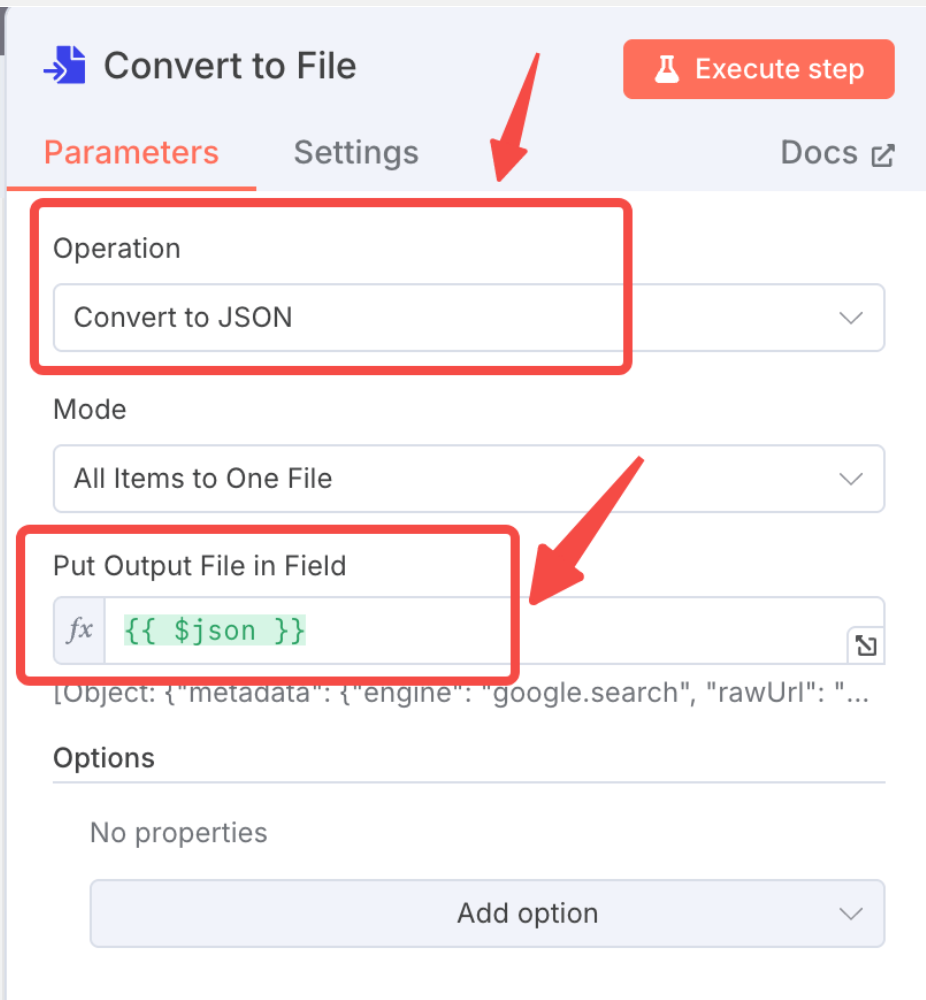
Step 4. Connect Discord to receive messages.
- Click "+" to add Discord.
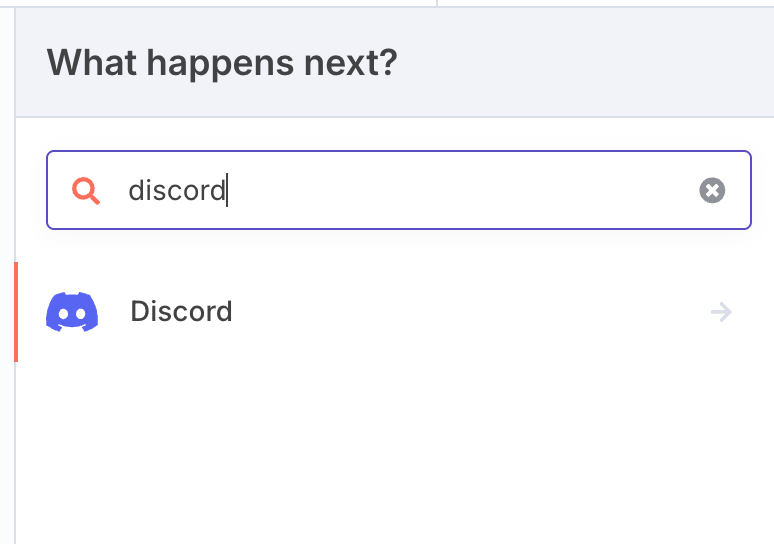
2. Select "Webhook" for Connection Type
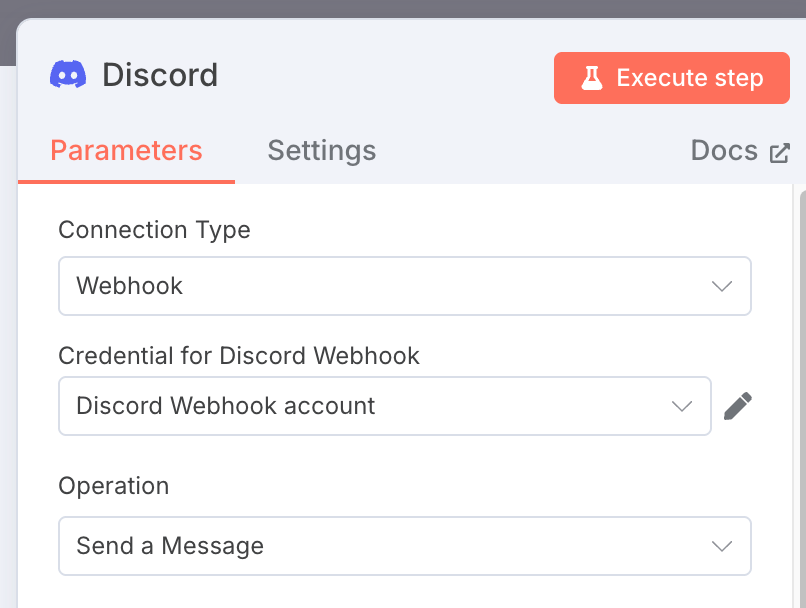
- Next, you need to configure the webhook link of the Discord community you use to receive information. Paste the Discord webhook link.
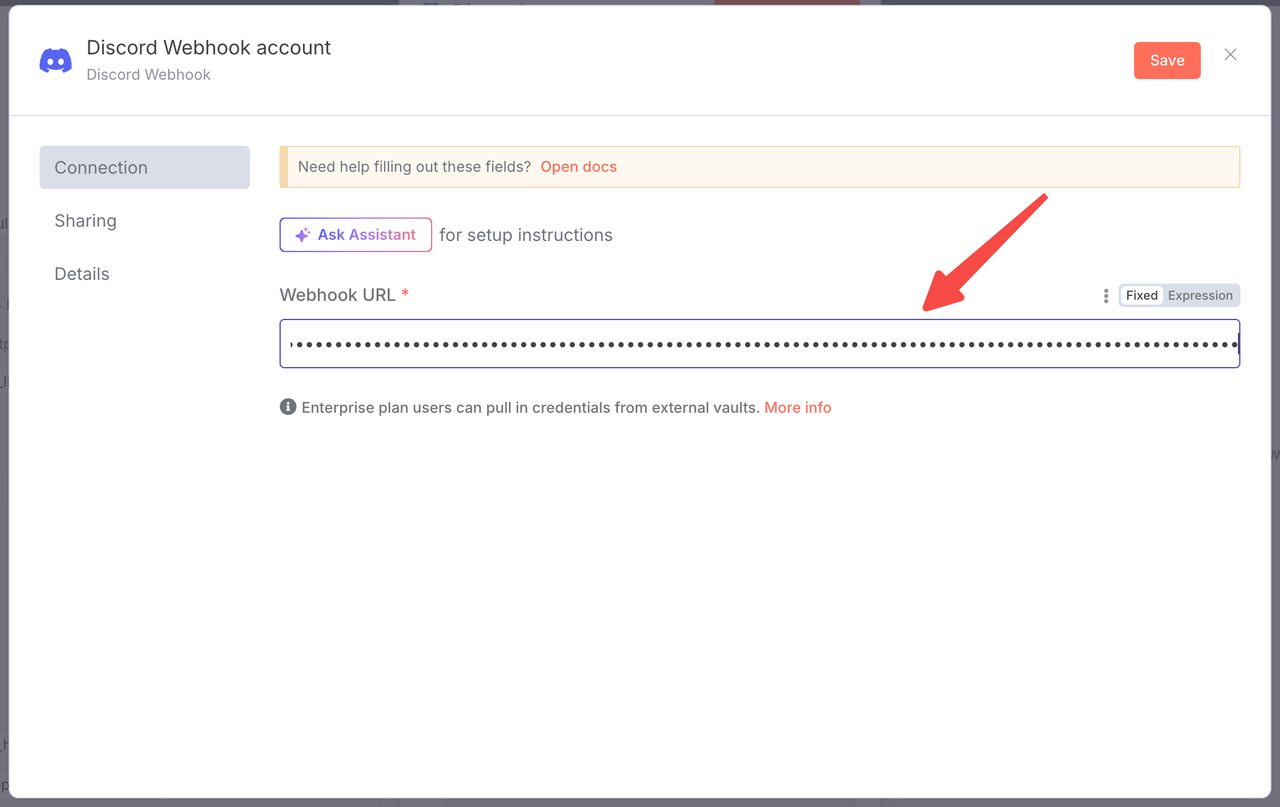
- Then, in Message, you can define where the data comes from. Of course, you don't have to set this option.
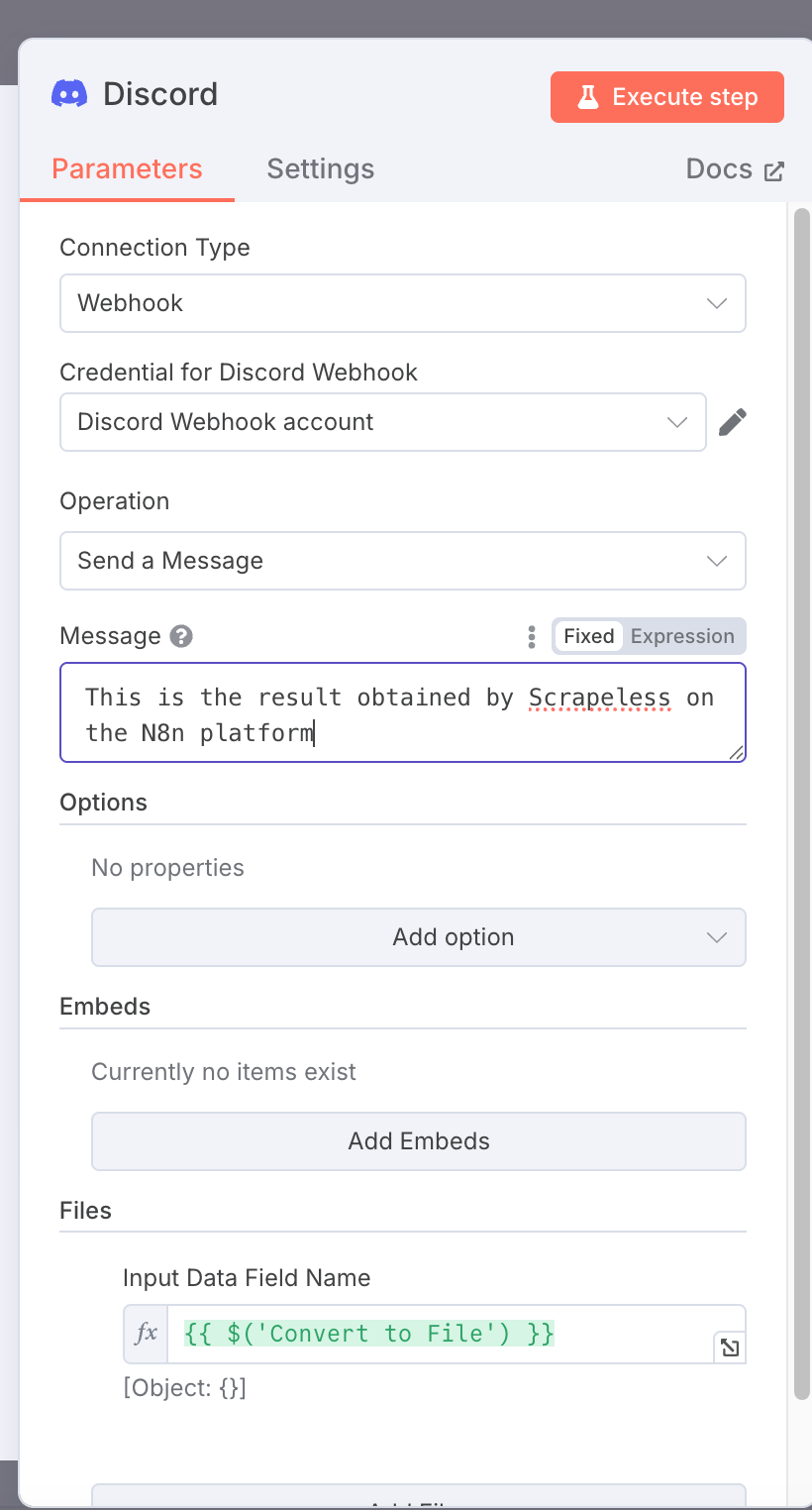
- In the last step, you need to select "convert to files" under Files.
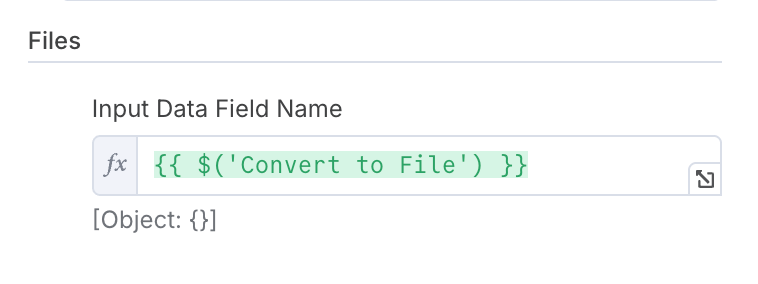
Step 5. Run to get structured files
Click to run this workflow and you will get the corresponding structured files, which you can download and use directly.

Build Your First n8n Automation using Scrapeless
We invite you to try out the integration between Scrapeless and n8n right now, and share your feedback and use cases. You can get your API Key from the Scrapeless dashboard, then head over to n8n to create a free account and start building your own web data automation workflow!
At Scrapeless, we only access publicly available data while strictly complying with applicable laws, regulations, and website privacy policies. The content in this blog is for demonstration purposes only and does not involve any illegal or infringing activities. We make no guarantees and disclaim all liability for the use of information from this blog or third-party links. Before engaging in any scraping activities, consult your legal advisor and review the target website's terms of service or obtain the necessary permissions.
